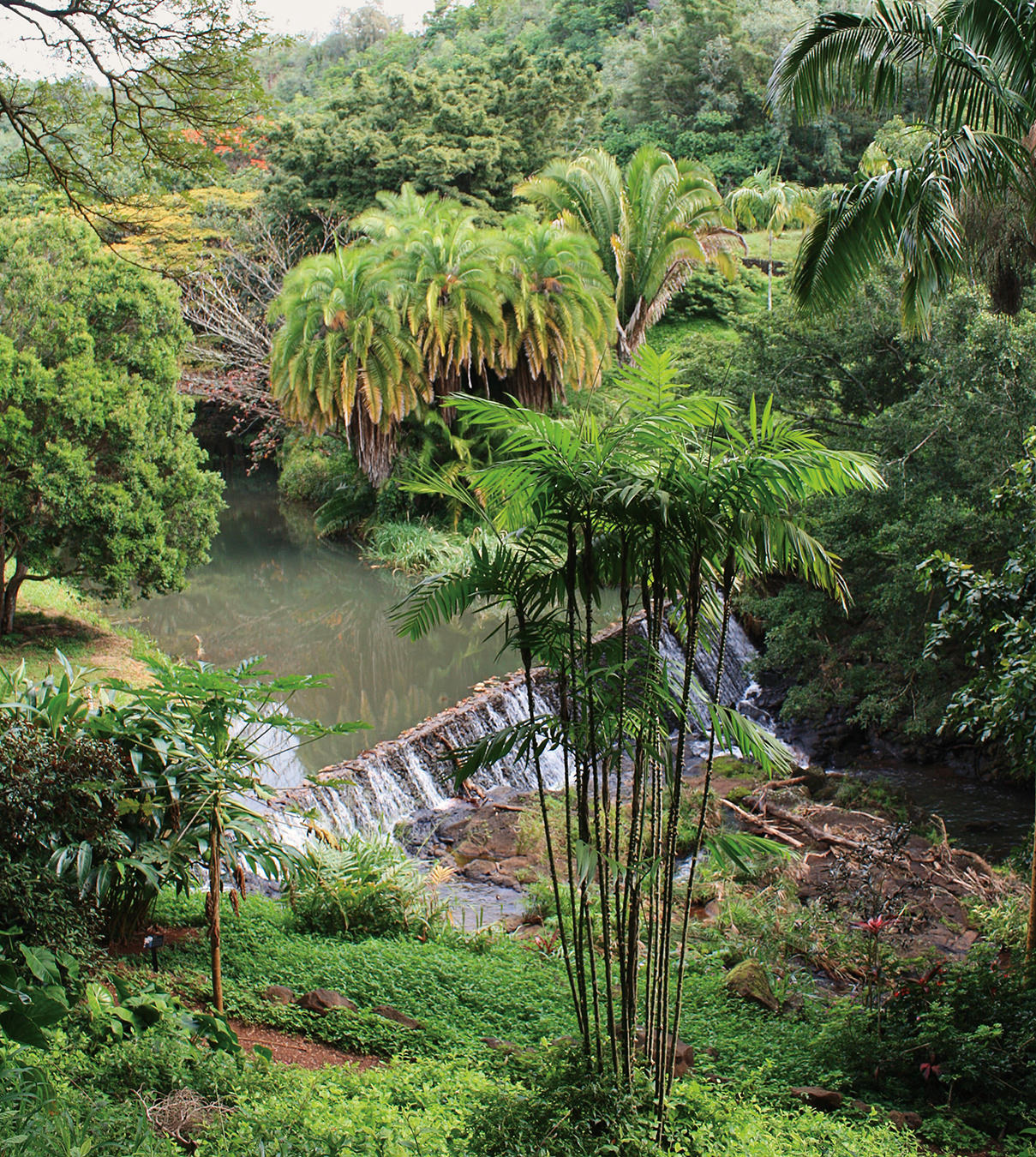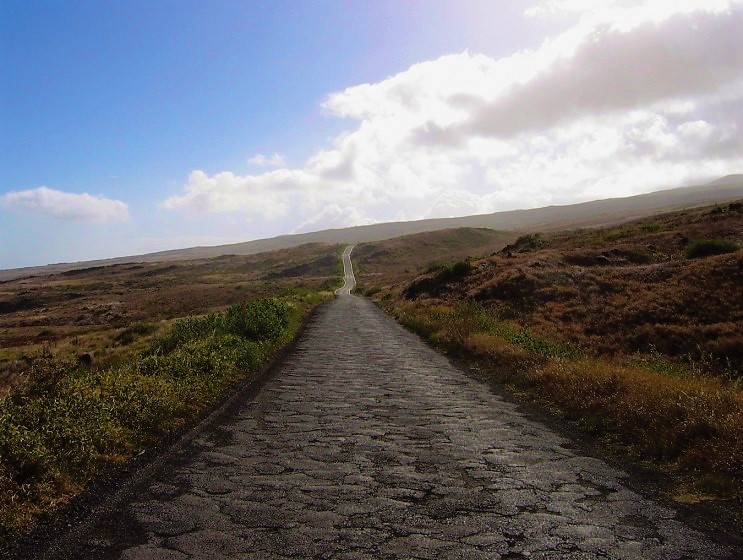-
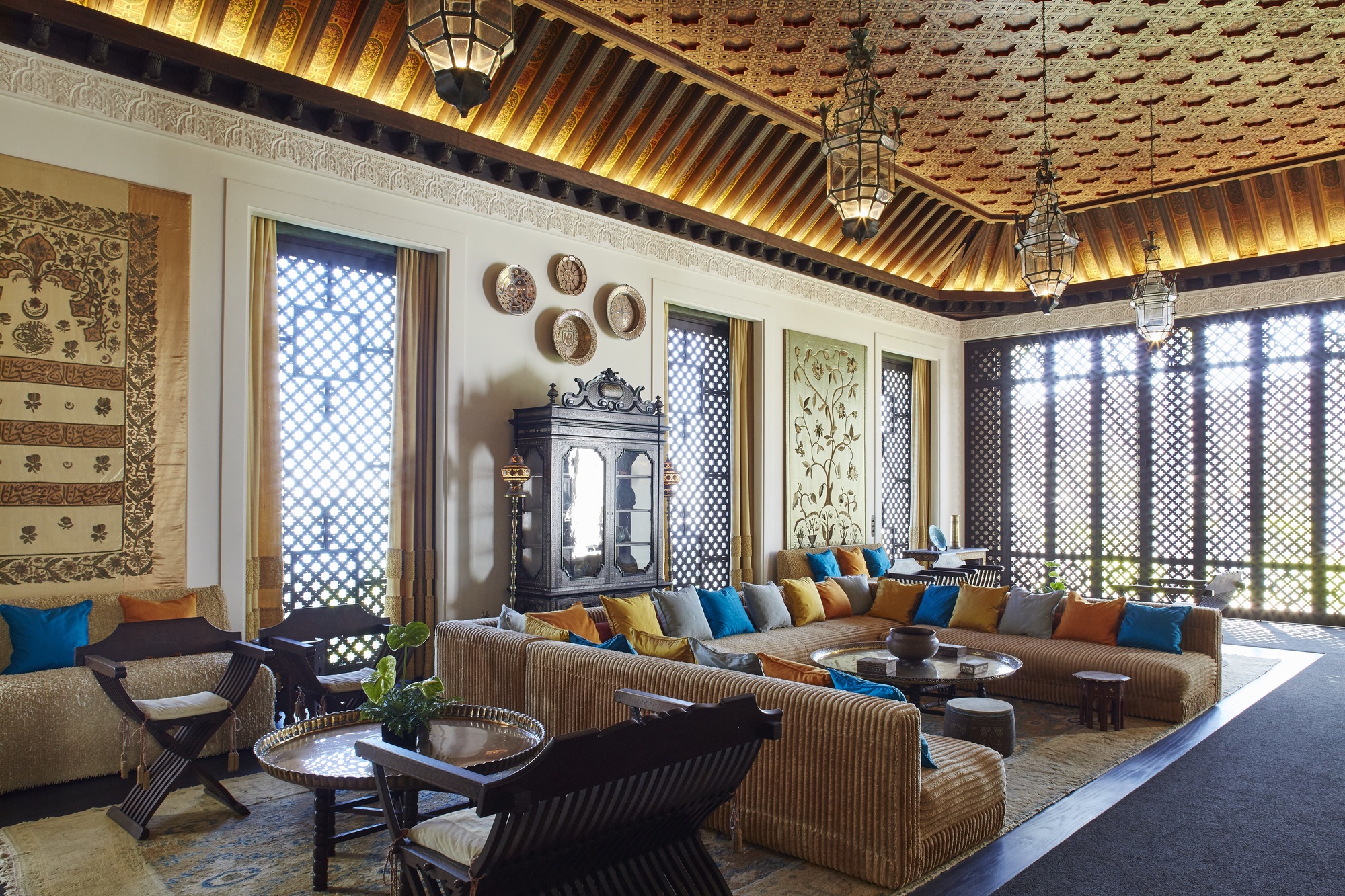
Living room. Photo by Linny Morris.
-
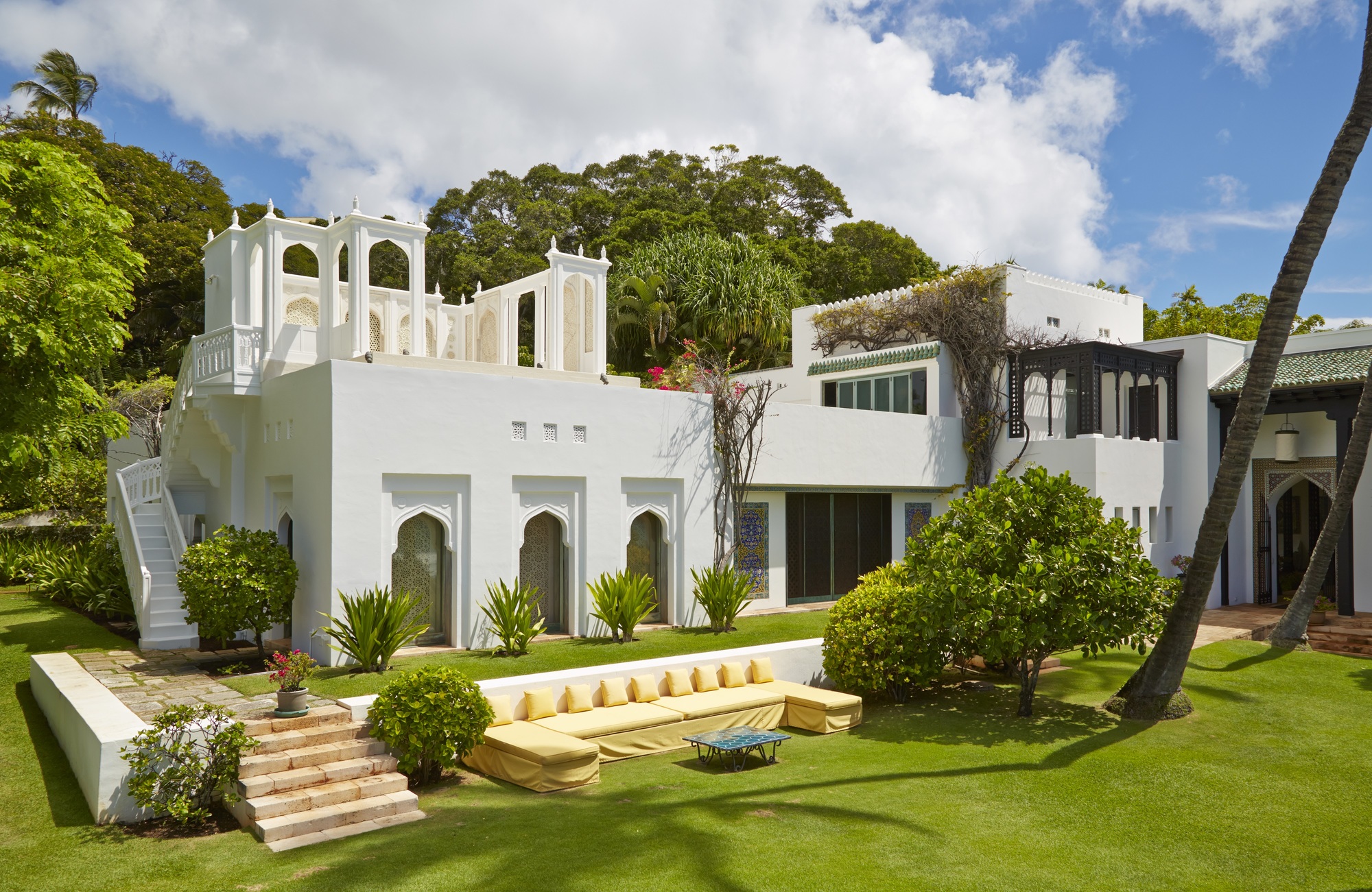
Mughal Suite exterior. Photo by Linny Morris.
-

Playhouse, with Diamond Head in the background. Photo by Linny Morris.
-
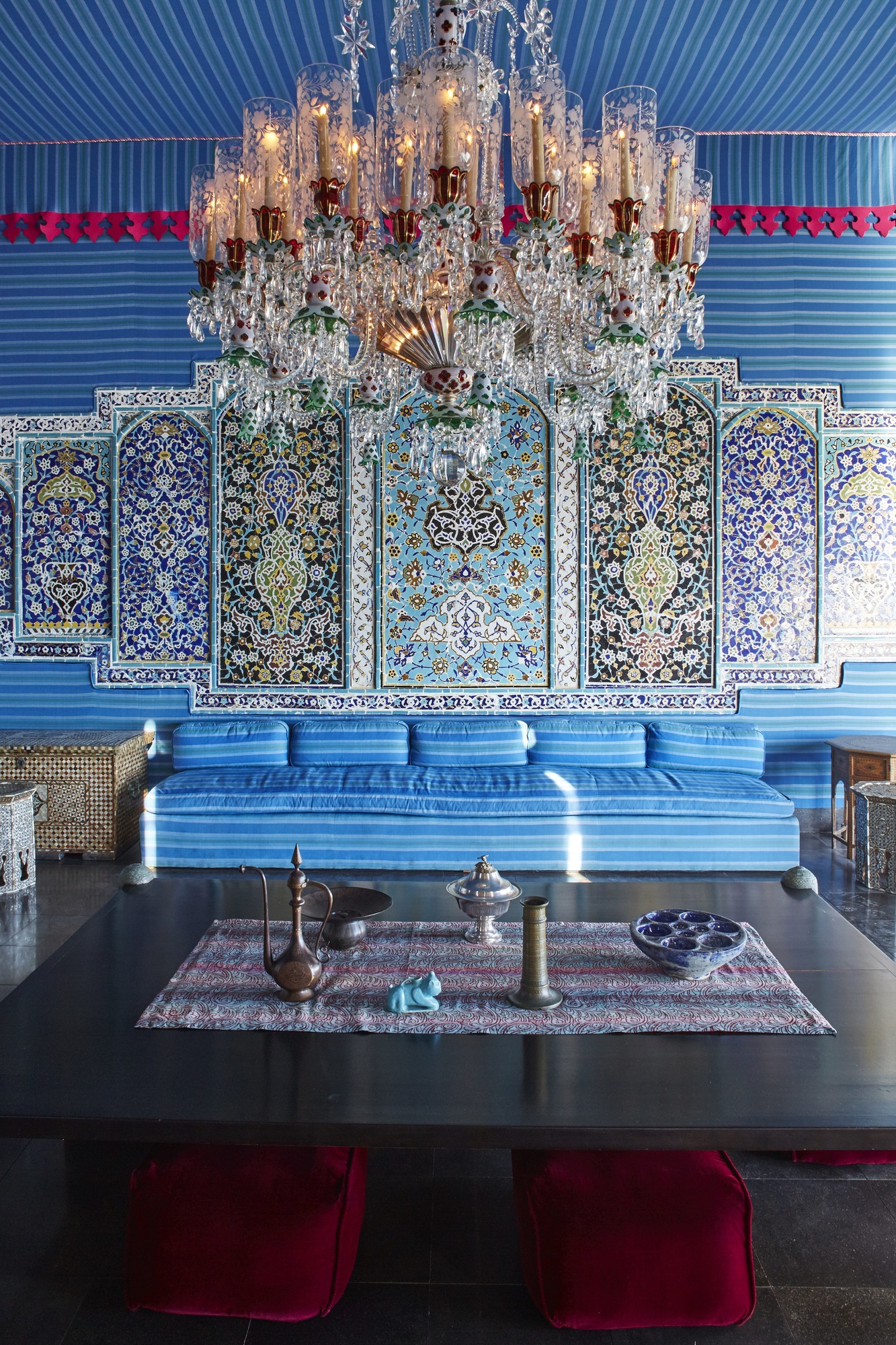
Dining room. Photo by Linny Morris.
-
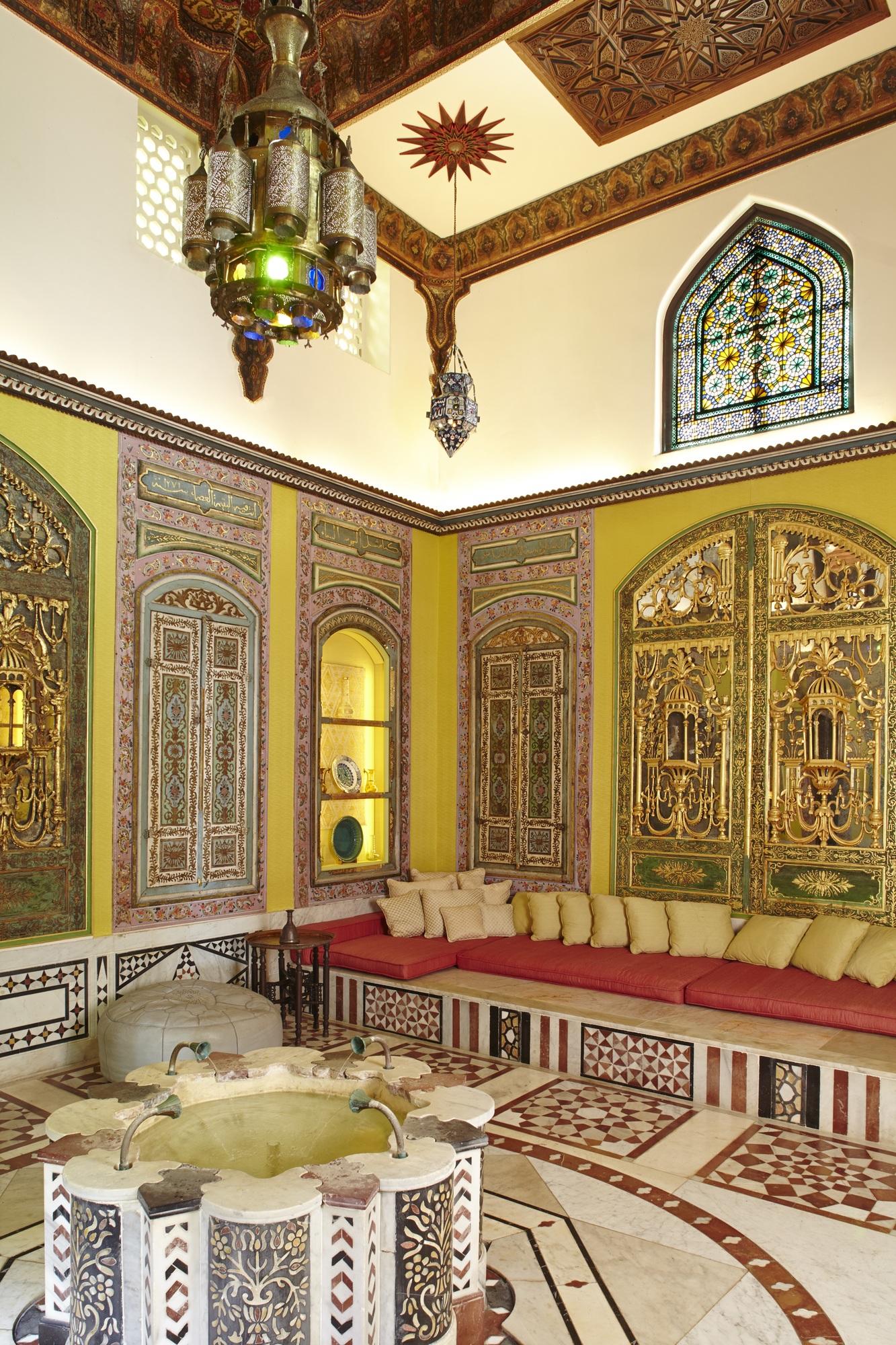
Syrian room. Photo by Linny Morris.
-
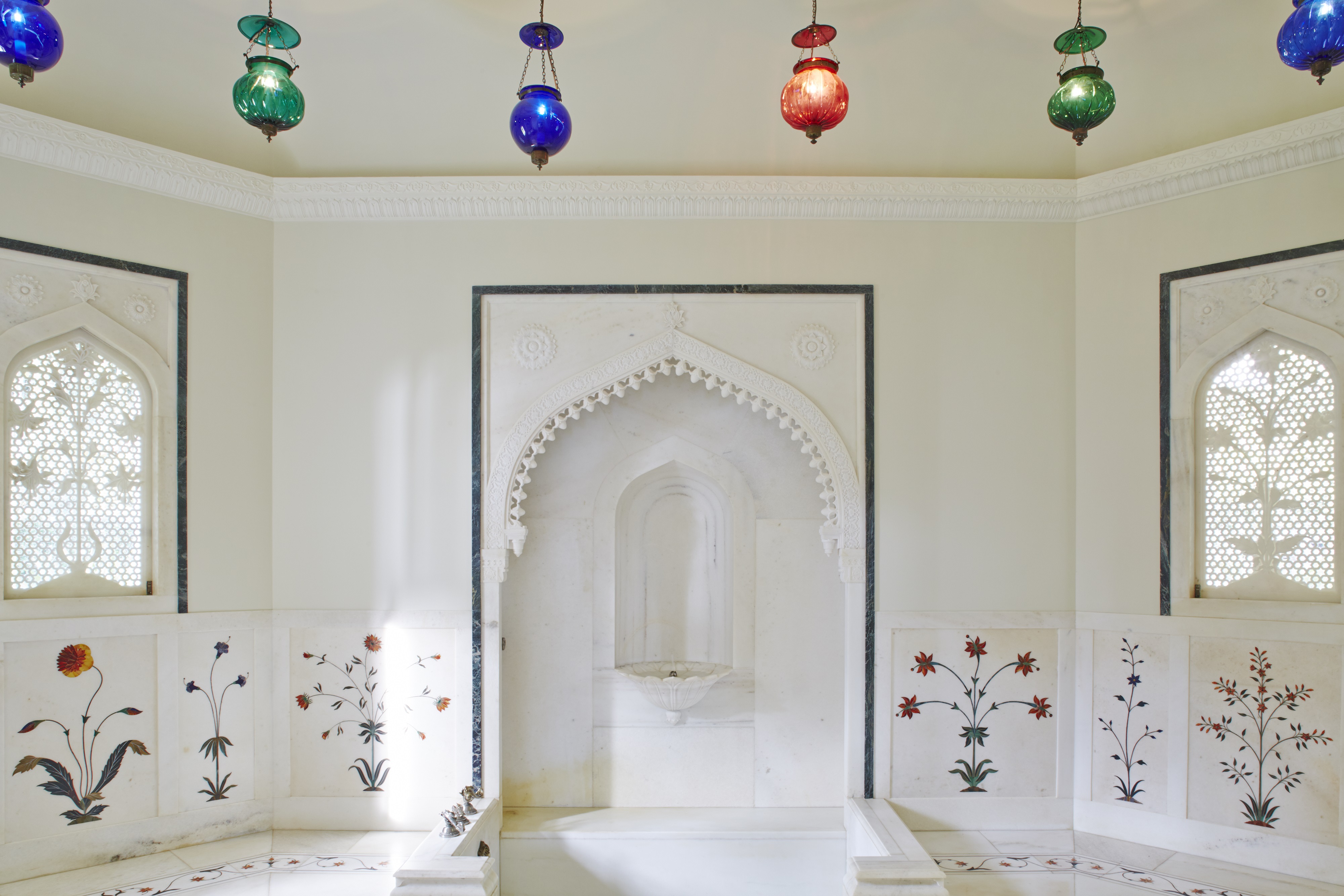
Mughal Suite bathroom. Photo by Linny Morris.
-
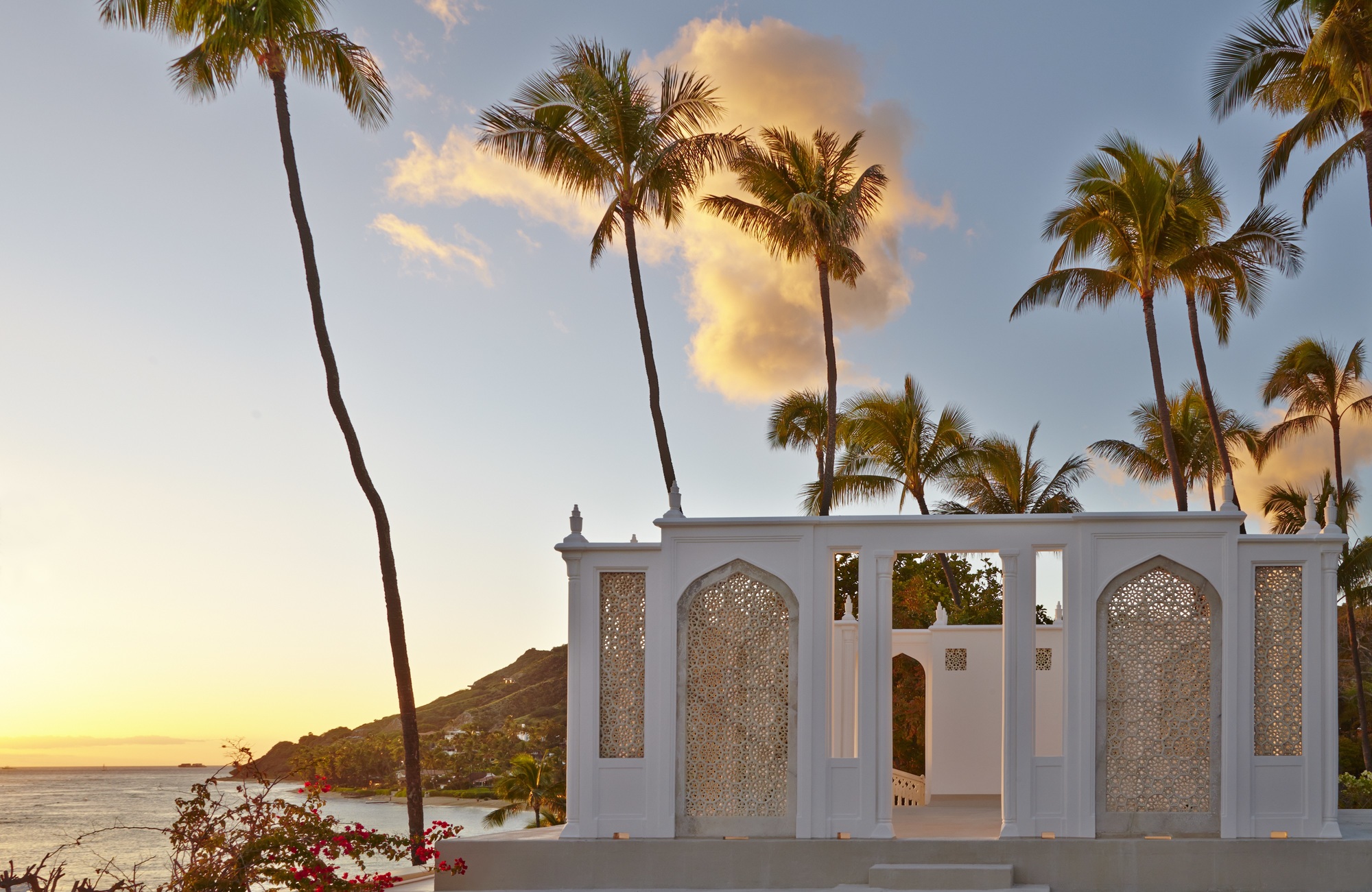
Jali Pavilion at Shangri La. Photo by Linny Morris.
-
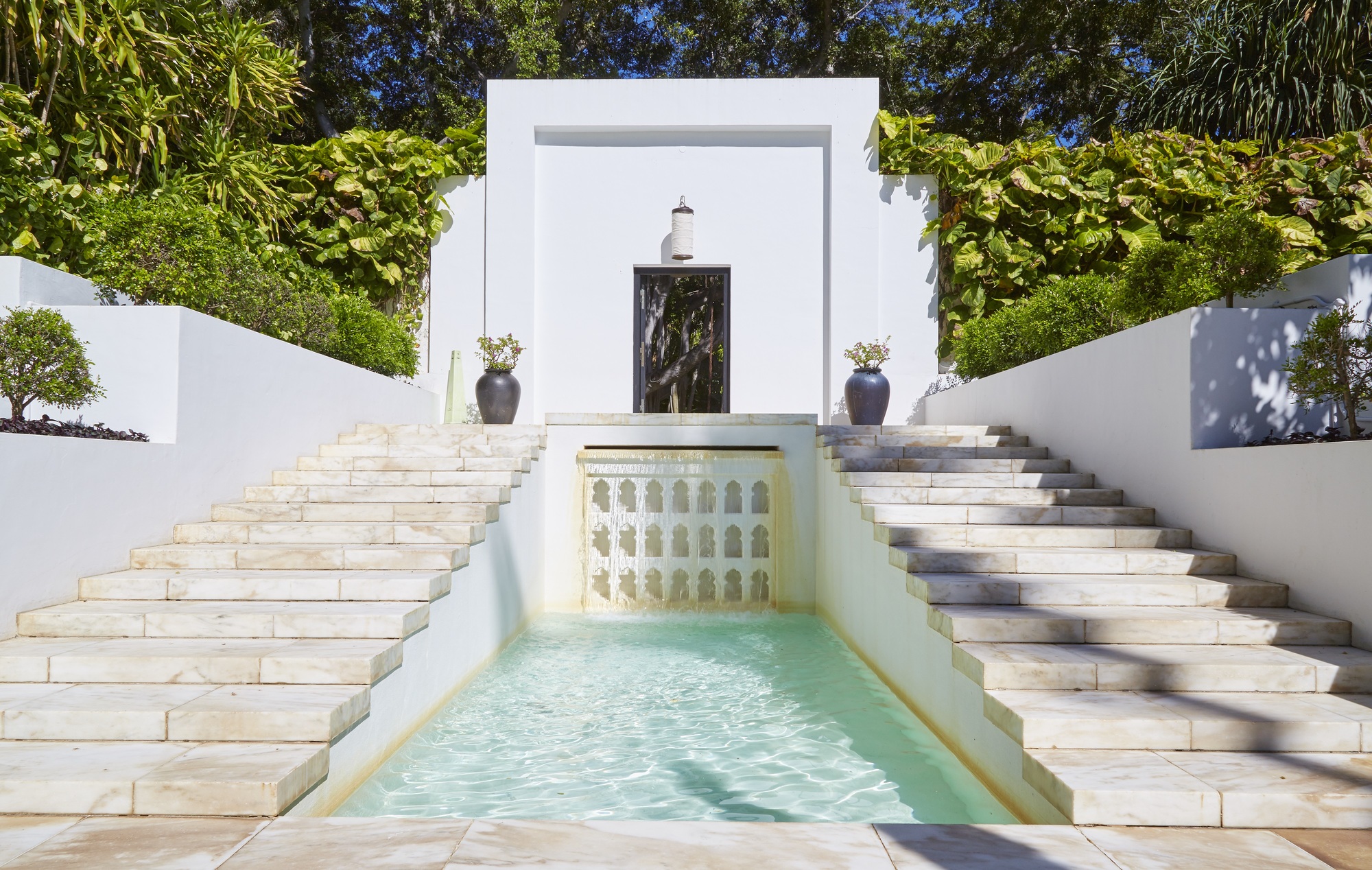
Mughal Garden. Photo by Linny Morris.
-

Doris Duke and Sam Kahanamoku playing slide and acoustic guitars, 1939. Photo by Martin Munkacsi. Shangri La Historical Archives, Honolulu, Hawaii. Gift of Hope Cromwell Hopkins.
Doris Duke’s Shangri-La in Oahu
Islamic art reinterpreted.
The first thing you notice are her piercing blue eyes. In most photographs of Doris Duke, those eyes do not invite intimacy. Small wonder. Raised in virtual isolation, a prisoner of the millions she inherited from her father’s tobacco empire, Duke would find relief in only one of her many houses: the stunningly beautiful Shangri La (not to be confused with the hotel chain) in Oahu, Hawaii. In photographs taken in Hawaii, the tall, slender, blonde heiress is always smiling.
Duke inherited her millions just before the start of the Great Depression. In the 1920s she was known as “the richest girl in the world”, and her fortune only grew larger throughout her life. A magnet for kidnappers, thieves, and fortune hunters, she felt most safe and accepted among the people of Hawaii. In 1935, she married Jimmy Cromwell and they embarked on an 18,000-mile (29,000-kilometre) honeymoon through Europe, North Africa, the Middle East, British India, China, and Japan that would change her life.
Duke’s obsession with Islamic art and architecture began with a visit to the Taj Mahal. She immediately commissioned a Delhi architect to begin work on a series of carved windows and doors, inlaid with jade, lapis lazuli, agate, malachite, and mother-of-pearl, to be shipped back to the United States. Once the couple landed in Hawaii, Duke fell in love with Oahu and the shipment was rerouted.
Duke purchased land near Diamond Head and started designing her new home, combining clean American Modern lines with Islamic elements. A leafy interior courtyard, open to the sun, was lined with intricate tile inserts; Duke’s bedroom became a white marble mini-palace, its ceiling studded with hundreds of tiny mirrors. The classical garden and reflecting pools were modelled on the 17th-century Mughal Shalimar garden in Srinigar, Kashmir. Over the years, Duke would pour millions of dollars’ worth of genuine antiquities and reproductions into her dream home. Husbands were wed and discarded but Shangri La remained her heart’s desire.
Over the years, Duke would pour millions of dollars’ worth of genuine antiquities and reproductions into her dream home.
Among the furnishings and decor are cedar-paneled ceilings and intricately carved wooden doors from Morocco, pierced marble windows called jalis from India, an ancient iridescent tiled mihrab or prayer niche, one of only three in the world, not to mention rare tapestries and linens, glassware, and ornamental metal objects. Mishandled, the effect might have been chaos, but Duke worked hand in hand with her architects, designers, and craftsmen to achieve an unparalleled visual harmony. Her touch is evident in every object and its placement.
Though Duke’s high society acquaintances included Jackie Kennedy Onassis, Imelda Marcos, and a smattering of Hollywood actors, at Shangri La she lived a different life. She became good friends with the famous surfer Duke Kahanamoku and his family, and she excelled at surfing and racing outrigger canoes—all things that were not considered suitable for women at that time. Affairs and scandals were quickly put to rest by the Duke fortune.
As a final gift to Shangri La, Duke created the Doris Duke Foundation for Islamic Art (DDFIA), which manages the preservation of her Oahu home (which became a museum known as the Center for Islamic Arts and Cultures in 2002) and the activities that go on within it, such as the artist in-residence program. The DDFIA also created the Building Bridges Program, an initiative committed to uniting American Muslims and non-Muslims through the arts. Every year, the program grants between $1-million and $3-million annually to organizations that focus on Islamic culture.
The low-rise, simple white stucco entrance to Shangri La gives no hint of the riches inside. The façade, like the reticent Doris Duke, keeps its secrets hidden from prying eyes.
Doris Duke’s Shangri La, Center for Islamic Arts and Cultures, 4055 Papu Circle, Honolulu, HI 96816.
Photos courtesy of Doris Duke Foundation for Islamic Art.
_________
Never miss a story. Sign up for NUVO’s weekly newsletter.

